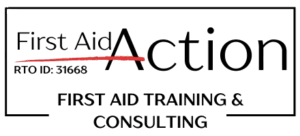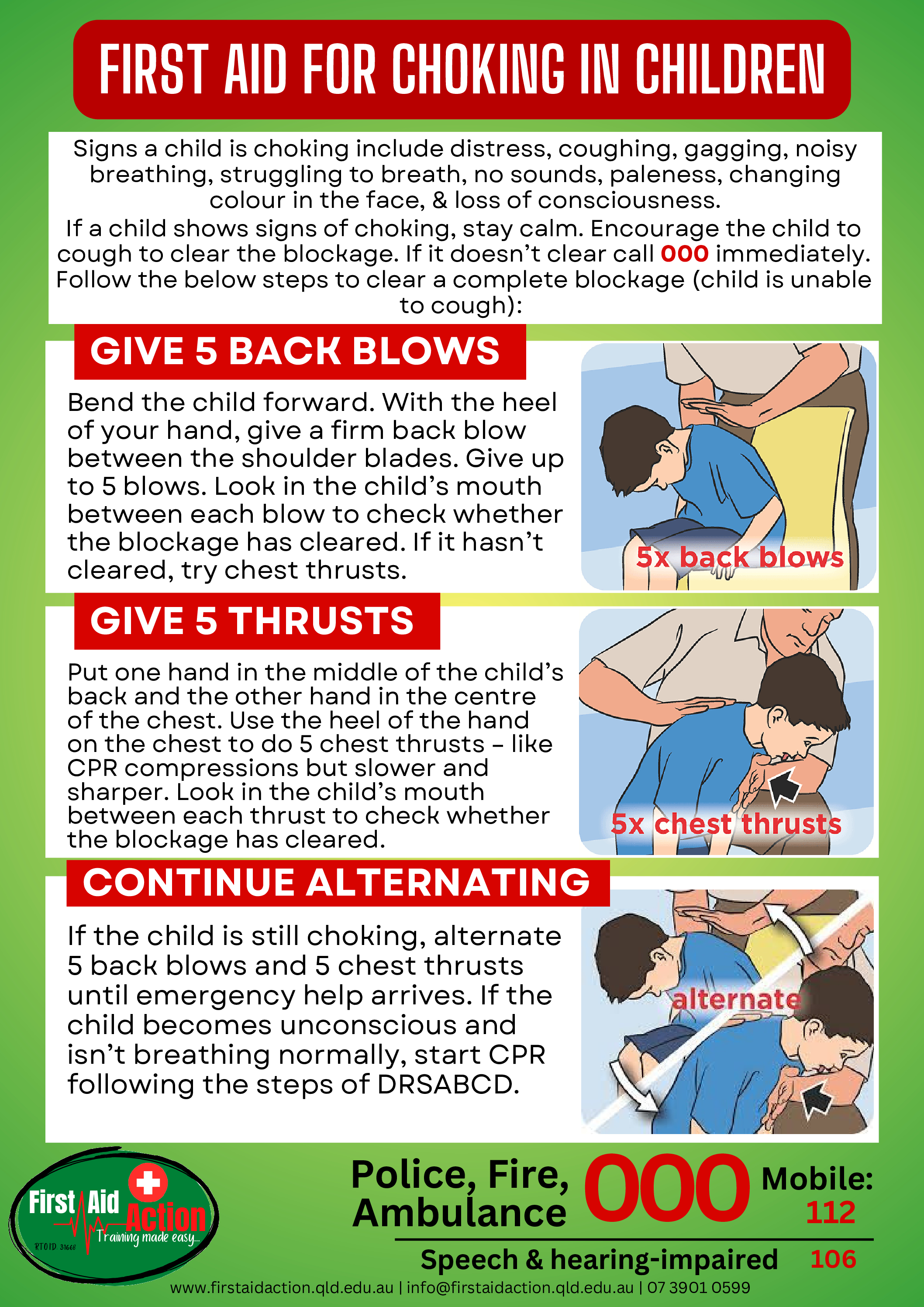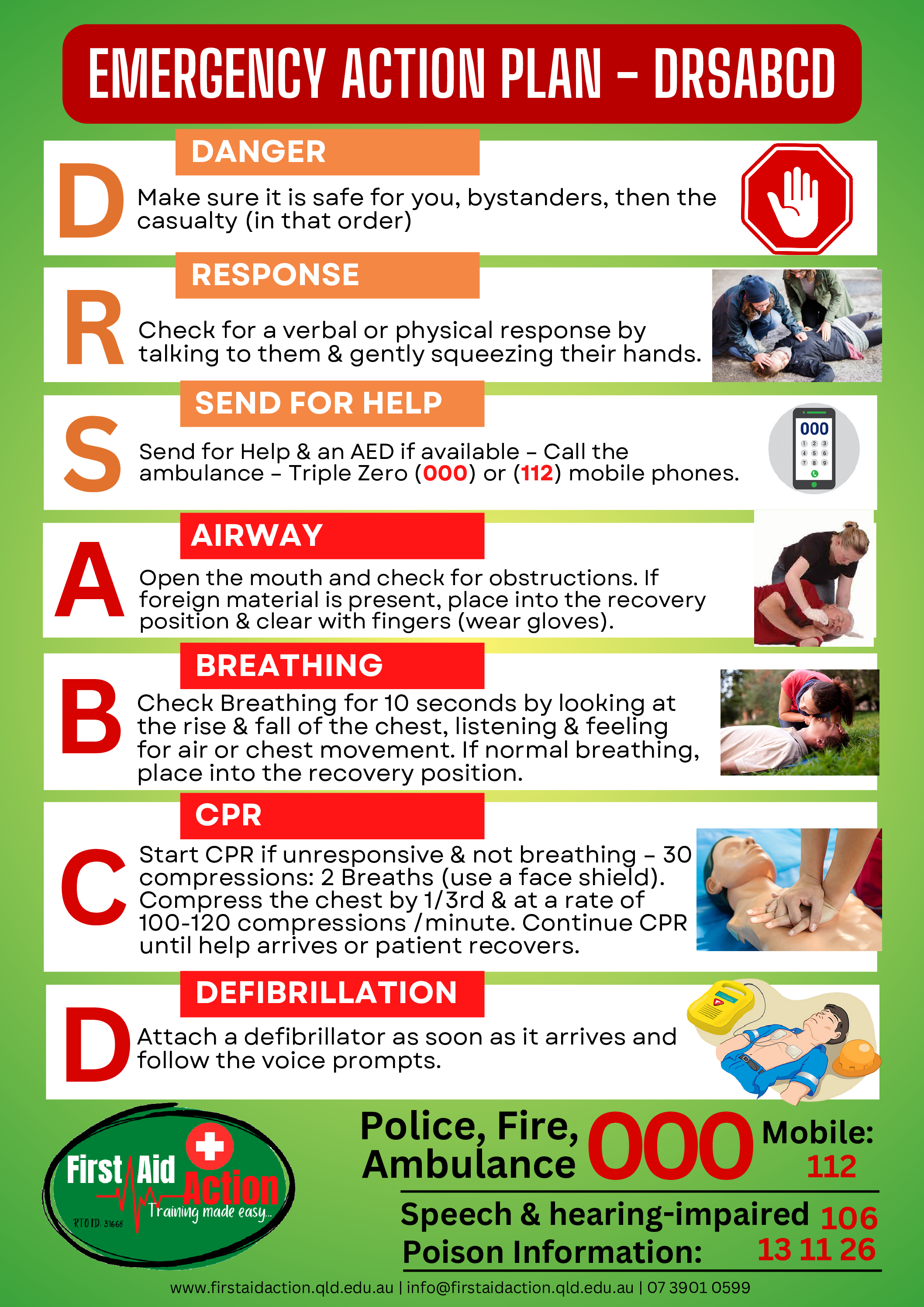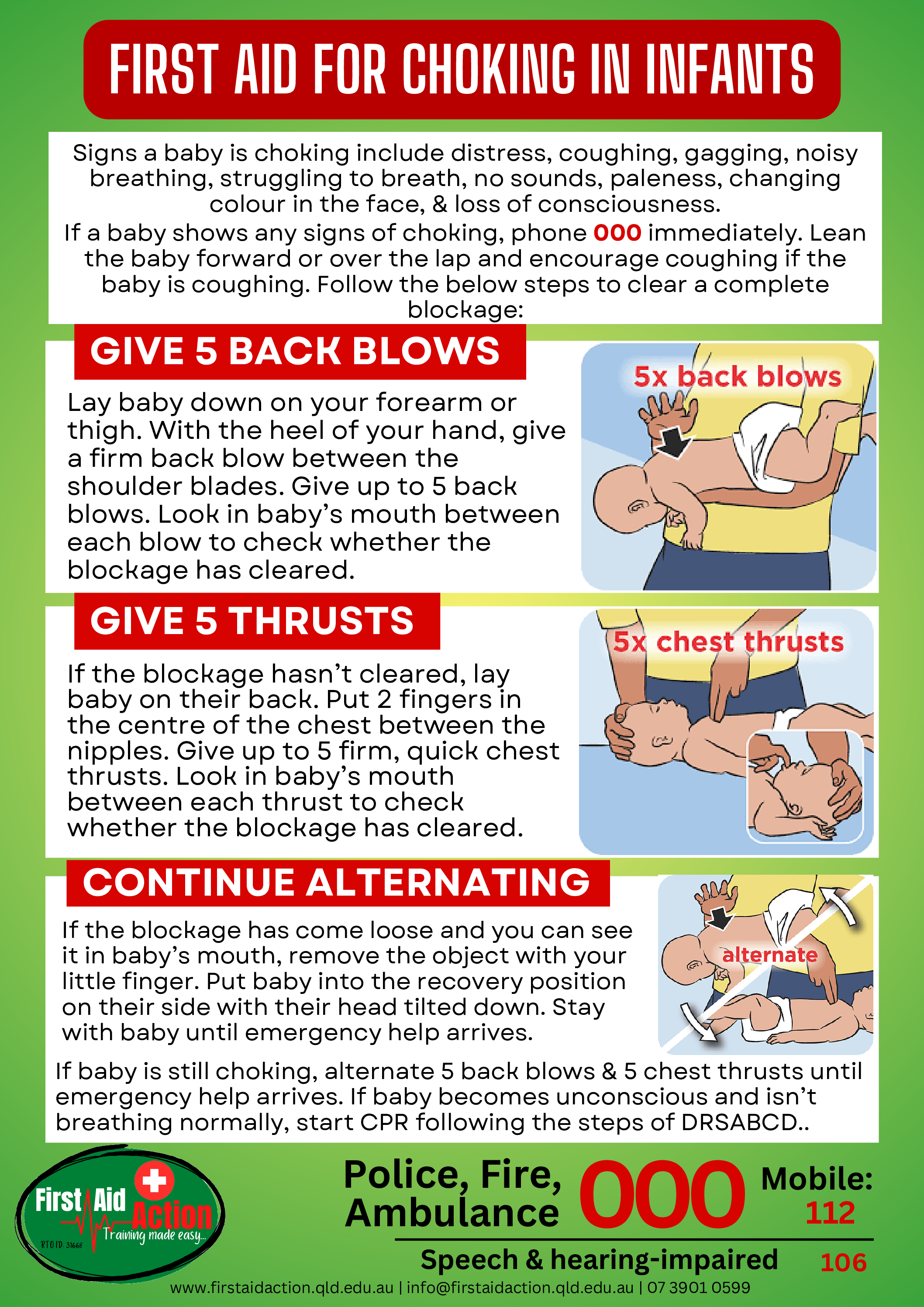The Best Free First Aid Apps to Download Today
When an emergency happens, every second counts. Whether you’re at home, at work, or out and about, having quick access to reliable first aid information can make all the difference. While formal first aid training is essential, free mobile apps can be great tools for refreshing your knowledge and guiding you through emergency situations.
Here’s a roundup of some of the top free first aid apps that you can download today:
🚑 1. Australian Red Cross – First Aid App
Available from: App Store & Google Play
Why we love it:
- Built for Australians, with content aligned to national guidelines
- Step-by-step first aid instructions for common emergencies
- Quick reference guides for CPR, burns, bleeding, and more
- Offline access – no internet required in an emergency
- Includes quizzes to test your knowledge
✅ Best for: General public, students, travellers
🏥 2. St John Ambulance First Aid App
Available from: App Store & Google Play
Why we love it:
- Trusted name in first aid for over 130 years
- Clear instructions for over 20 types of emergencies
- Clear voice prompts and visual guides
- Regularly updated to reflect best practice
- Covers adult, child, and infant emergencies
✅ Best for: Workplaces, parents, and first-time learners
📱 3. First Aid – IFRC (International Federation of Red Cross and Red Crescent Societies)
Available from: App Store & Google Play
Why we love it:
- Ideal for international travel or multilingual households
- Covers emergency scenarios in multiple countries
- Multilingual support
- Emergency content tailored to different countries
- Videos, quizzes, and emergency checklists
- Includes preparedness tips for disasters and major incidents
✅ Best for: Travellers, multilingual users, or people moving between countries
🔔 4. Emergency+ App (Bonus: Not strictly first aid, but highly recommended)
Available from: App Store & Google Play
Why we love it:
- Developed by Australia’s Triple Zero Awareness Work Group
- Pinpoints your exact GPS location during 000 calls
- Helps you contact the right emergency service (Police, Fire, Ambulance, SES)
- No ads or unnecessary features—just help, fast
- Easy to use in high-stress situations
✅ Best for: Everyone in Australia—especially in regional/remote areas
Stay Informed, Stay Safe
These apps are completely free and take just minutes to download—but they could help you save a life. Remember, there’s no substitute for hands-on training. If you’re ready to build real confidence in a crisis, enrol in a nationally recognised First Aid and CPR course today.







